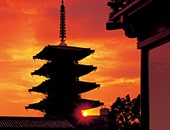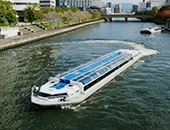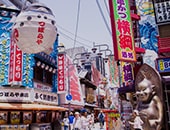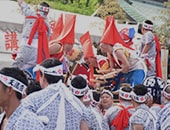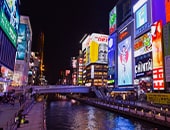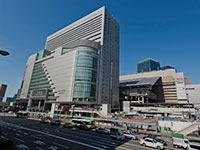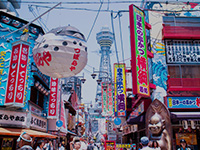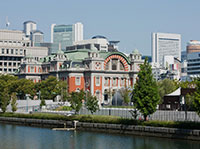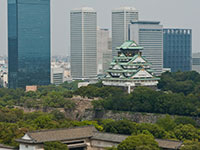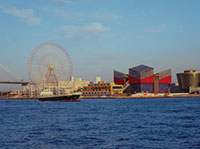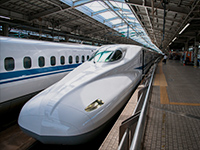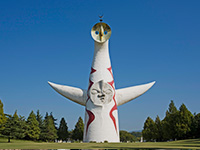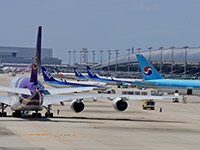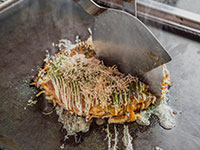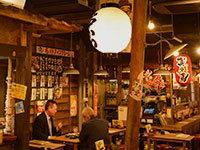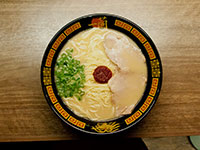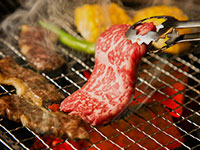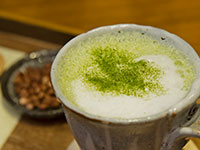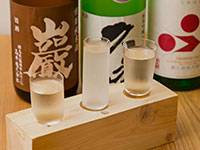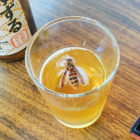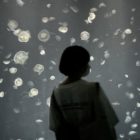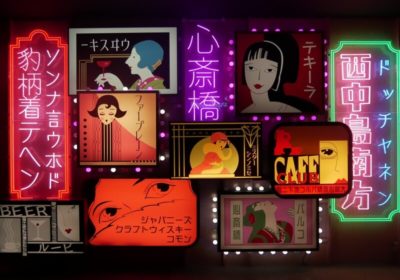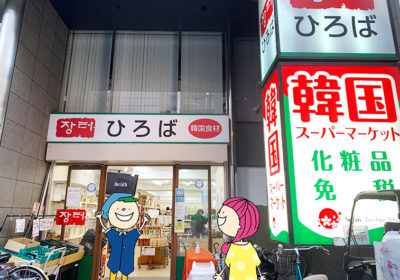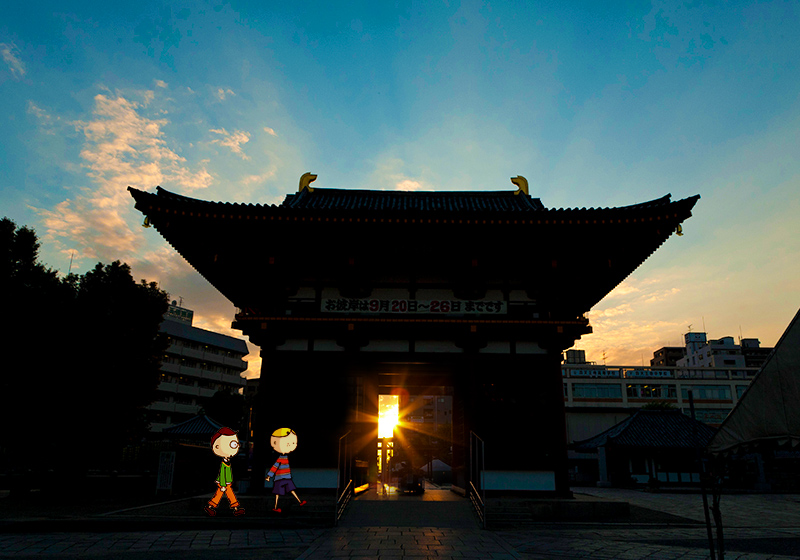

Osaka Bob FAMILY
I’m walking on sunsets!
A trip through Yuhigaoka
Maido! Manabu here!
Most people know a little about Osaka’s history, but Osaka always seems to get overshadowed by neighboring Kyoto and Nara. Both of these prefectures have amazing history and culture, but I was born and raised in the city and I’d love to show you around my city. I really wish people understood more about the deep and impressive history of Osaka too. So here we go! Let’s take a look at the Yuhigaoka neighborhood.
[Contents]
■ Cherished for thousands of years, Yuhigaoka’s sunset
Now when you look out over Osaka, you see a huge sprawling plain stretching towards Osaka Bay. But 2000 years ago, this land was completely covered by the ocean all the way up to Uemachi Plateau, where Osaka Castle is located.
The change in geography is really apparent when you visit the neighborhood near Osaka Metro’s Shitennoji-mae Yuhigaoka Station. This is the western edge of the Uemachi Plateau and the steep slope you’ll be standing on, was once a seashore. Imagine standing on this hill and looking out over the ocean. It was a stunning vantage point to watch the sun set over the sea and so the area is named Yuhigaoka (夕日ヶ丘), in other words—sunset hill.
When the practice of watching the sun set due west, in the direction of the pure-land, as a Buddhist practice (jisōgan) became popular, many people began visiting the Uemachi Plateau to pray. The revered waka poet Fujiwara no Ietaka (115–1237) was so enamored with the site of the sunset over Osaka Bay, he established a sunset retreat “Yuhian” on the west side of Shitennoji, where he spent the final years of his life. This is how the area got its name—Yuhigaoka.
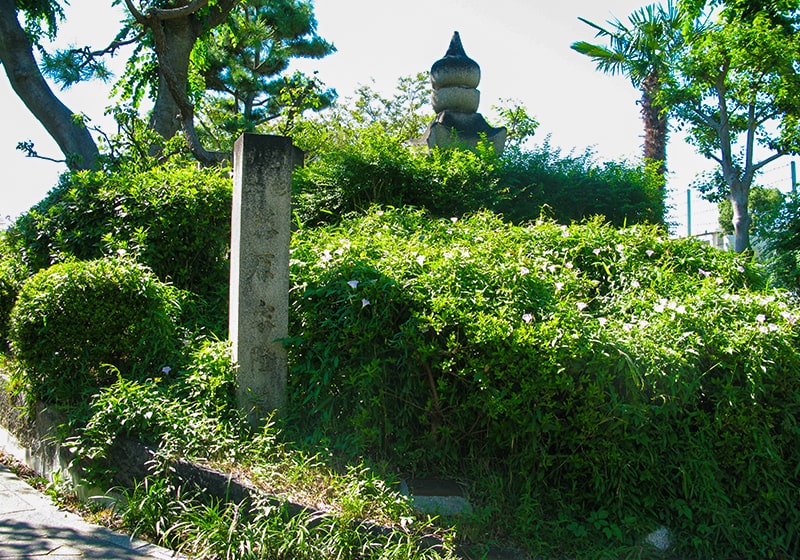
▲Fujiwara no Ietaka’s grave on the Kuchinawazaka Slope in Yuhgaoka
As the sea has receded far into the distance, it’s no longer possible to watch the sun set over an ocean horizon from the plateau. But the tradition of watching the sunset lives on. Every spring and fall during the equinox, Shitennoji Temple holds a jisōgan ceremony.

▲The sunset through the torii gate of Shitennoji Temple
I’ve never been to the ceremony, but I’m sure it is awe-inspiring to join the people gathering here at dusk surrounded by the sound of monks chanting sutras. The sun’s setting rays shine through the stone torii gate and I can’t help but think of my ancestors who would’ve stood on this hill a thousand years ago watching the same sun sink under the horizon.
■ Historic figures in popular culture
The Yuhigaoka area is known for its many narrow sloping paths that lead up and down the side of the plateau. They’re quite steep and each have a name, ending in –zaka, which means slope or hill. The most famous of the the lot are known as the Seven Slopes of Tennoji—Shingonzaka, Genshojizaka, Kuchinawazaka, Aizenzaka, Kiyomizuzaka, Tenjinzaka, and Ōzaka. The area is also full of temples and shrines like Ikutama Jinja Shrine and Aizendo Temple. Plan an afternoon walk and immerse yourself in the tranquil greenery in this ancient part of town.
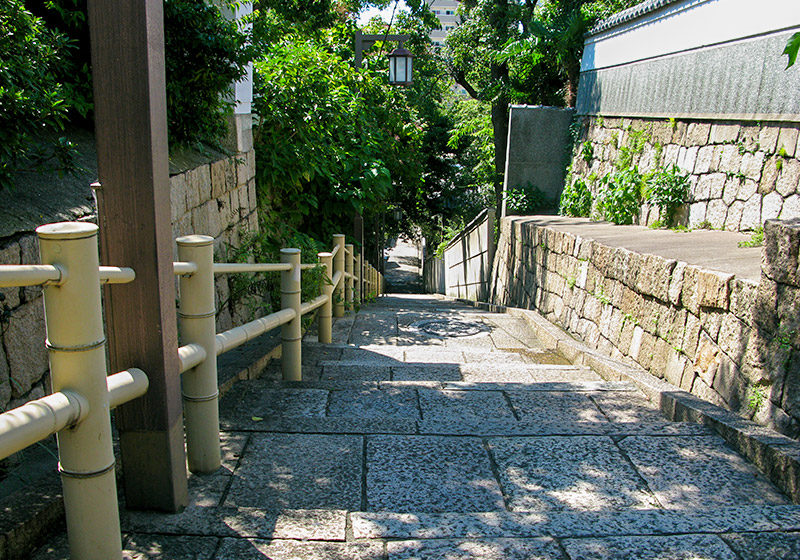 ▲The most well-known of the Seven Slopes, Kuchinawazaka
▲The most well-known of the Seven Slopes, Kuchinawazaka
The spot appears in Ryōtarō Shiba’s famous novel Moeyo Ken aka Burn, O Sword. The main character and real-life warrior Hijikata Toshizō (1835–1869) states:
The sunset should be the most beautiful thing in this world. Even if it is not beautiful, we must say it is so.
During Toshizō’s lifetime, Japan underwent a dramatic conflict between the Tokugawa shogunate in Edo and the reformist element who eventually restored power to the imperial family and also opened Japan to external trade. Toshizō sided with the shogunate and led the Shinsengumi special forces as Vice-Commander. He was so heavy-handed that he was feared by not only his enemies, but also those within his ranks. He became known by the nickname “Demon Vice-Commander” (鬼の副長).
The Moeyo Ken novel features a deeply tragic scene—when facing certain defeat before heading into battle, Toshizō has a final meeting with his lover Oyuki. His words, as they watch over the setting sun, betray the deep sadness that overtakes him as he approaches the end of his life. This scene must be included in the 2021 movie Baragaki: Unbroken Samurai, which was based on the novel, however I have to admit I haven’t watched in yet.
There is a stone marker commemorating the Shinsengumi’s Osaka station at Manpukuji Temple just north of Kuchinawazaka. I would assume Hijikata Toshizō stayed here at some point.
Also located on Kuchinawazaka, there is a memorial site dedicated to Komatsu Tatewaki (1835–1870), a samurai of the Satsuma Domain (Kyushu) who went on to become an early politician in the Meiji government.
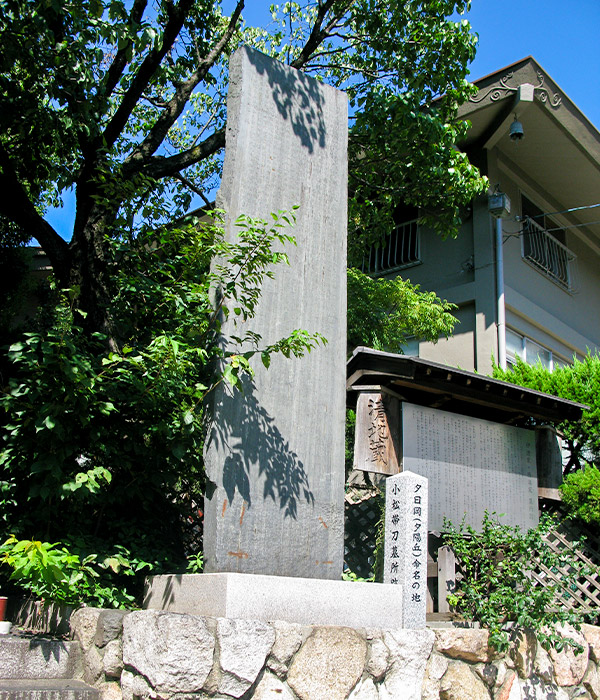
Komatsu Tatewaki is remembered for his role overseeing Ōkubo Toshimichi (1830–1878) who became an exceedingly powerful statesman in the early Meiji government.
Tatewaki died in Osaka in 1870, and both Ōkubo Toshimichi and Godai Tomoatsu paid their respects to him during rites held here in Yuhigaoka.
■Japan’s number one warrior was here!
Ōzaka, the southernmost of the Seven Slopes gets quite a bit of car traffic, so in itself it may not be very charming. But there is a very famous spot, halfway up the slope called Yasui Jinja Shrine.
Let’s jump back even further into history, a few generations before the Meiji Restoration to another very tumultuous time—the early seventeenth century, when the Toyotomi family, based in Osaka Castle, lost control of the country to the Tokugawa Shogunate.
Yasui Jinja Shrine grounds are a revered spot, where the very loyal samurai Sanada Yukimura (1567–1615), aka Sanada Yoshihige, escaped to during the Seige of Osaka (1614–1615).
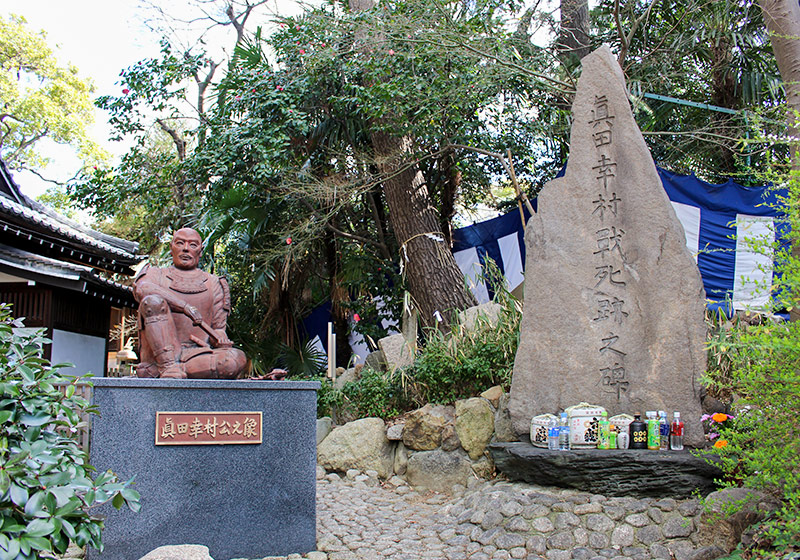
During the Winter Siege on Osaka Castle, Yukimura defended the Toyotomi stronghold from the grounds of a makeshift fortress he had built named Sanada Maru. Outnumbered, he managed to fight off the Tokugawa forces who were tens of thousands strong. Afterwards the Tokugawa side tried to entice Yukimura to join them in exchange for control over the Shinano Province (present-day Nagano), however Yukimura remained loyal. Despite the imminent loss he was facing in the following Summer Seige of Osaka, Yukimura remained unwavering and fought to the bitter end with the spirit of a true warrior. He remains a very popular historic figure to this day. He is often called the “Number one warrior in Japan.”
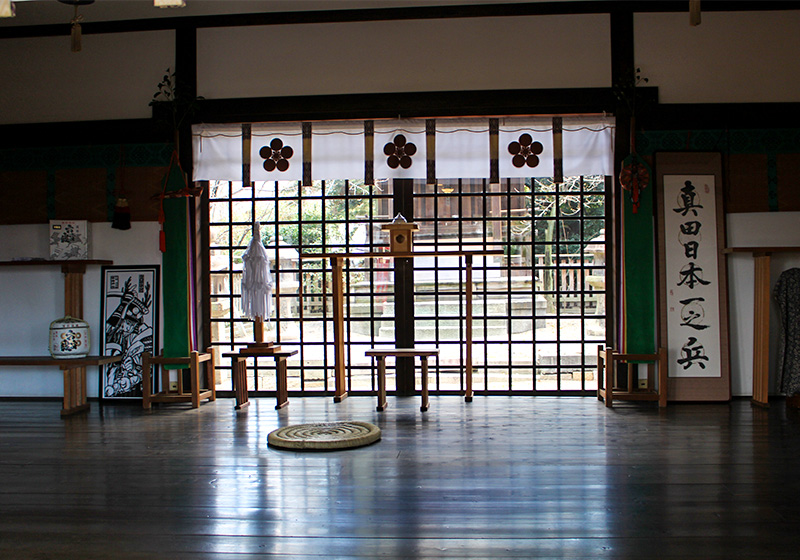
Yasui Jinja Shrine is also affiliated with the Shinto deity of learning, Sugawara no Michizane. What an impressive shrine history!
Plus there’s a well on shrine grounds, which had water that was believed to be able to calm the temper of small children. Unfortunately, for any parents of small children, the well has since dried and is no longer in use.
■ Osaka’s only natural waterfall
To the north of Yasui Jinja Shrine, there’s a place located on the Kiyomizuzaka path that you absolutely must visit—Osaka’s very own Kiyomizudera Temple!
You’ve probably heard of the famous Kiyomizudera in Kyoto, but few know that Osaka has its very own. It’s modeled after the original and is sometimes called Shin-Kiyomizudera, meaning “new” Kiyomizudera. Just like the Kiyomizudera in Kyoto, it has a large platform “stage” and venerates the Eleven-headed Thousand-armed Kannon Bodhisattva. It’s not just a simple imitation, but has its very own style and charm.
Take a look at the scenery from the stage platform.
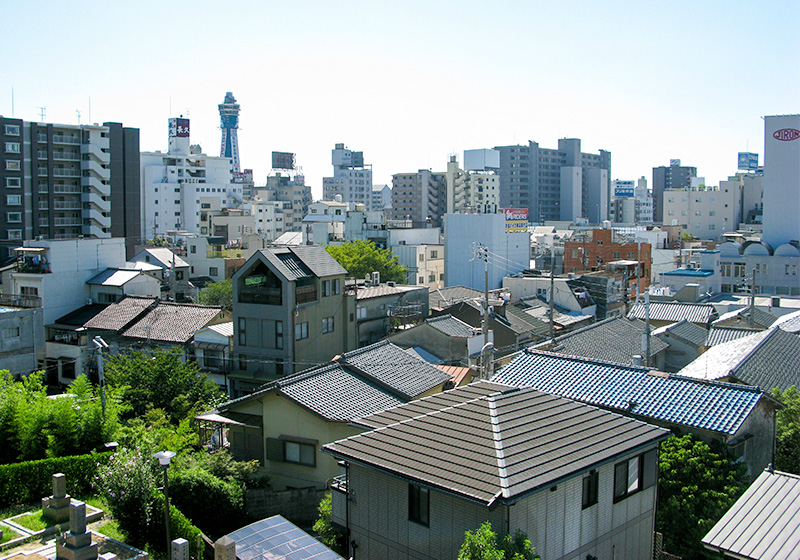
There you can see Tsutenkaku on the left!
The scenery here is truly amazing!
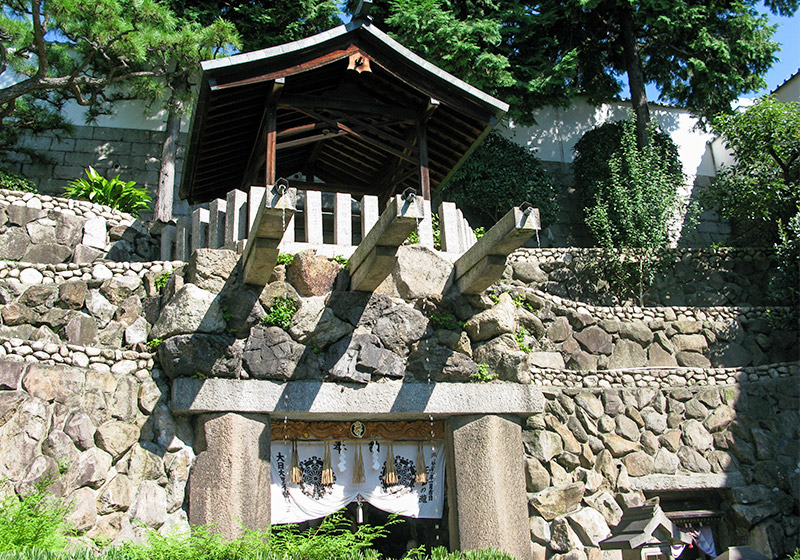
And here is the pure water that gives the temple its name “kiyomizu”.
In fact, this is the only naturally occurring waterfall in Osaka’s city limits. Similar to Otowa Waterfall at Kyoto’s Kiyomizudera, Osaka’s Tamade Waterfall pours out from three places. According to legend, the Tamade’s pure water flows underground from an underground pond at Shitennoji Temple.
Legend has it that when Prince Shotoku founded Shitennoji Temple, he captured a blue dragon and, as dragons are symbolic of water, the dragon turned into a small pond, which he named Shiraishi Tamade-mizu.
That’s the same water that flows here. What a story!
It is considered a very spiritual place and is known as a “power spot” in Japan.
(Please keep in mind when you visit, it is not for drinking.)
There really are so many things to see in this neighborhood.
If you visit in summer, don’t miss the summer festivals. Two of Osaka’s big 3 summer festivals are held in this neighborhood—Aizen Matsuri (June 30–July 2) and Ikutama Matsuri (July 11–12).

An excellent place for a stroll immersed in history, Yuhigaoka and the Seven Slopes of Tennoji are incredibly picturesque. You’ll definitely want to bring a camera. It’s easy to see why people have been coming here for thousands of years!
▼If you liked this article, read more
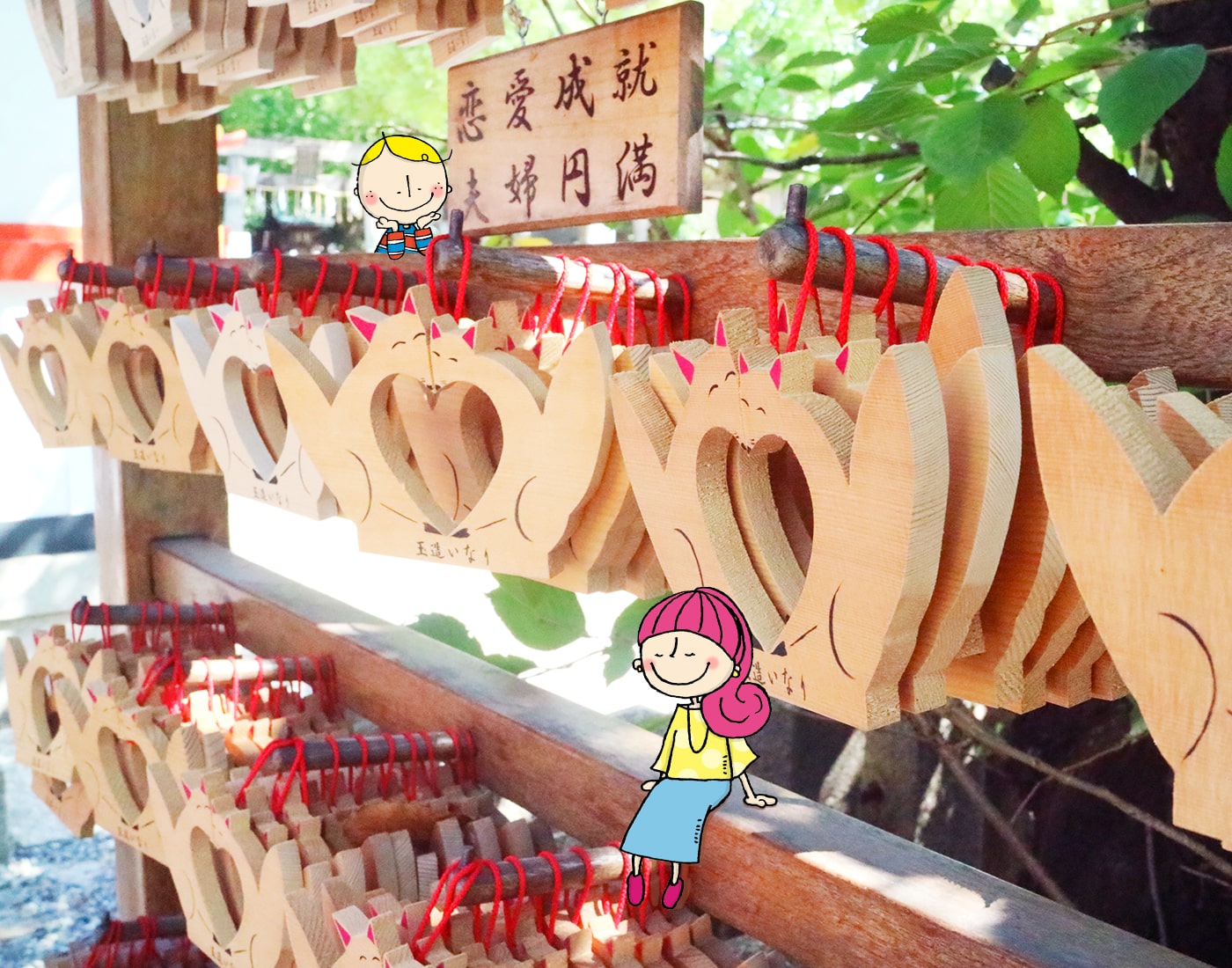 Maybe all you need is a little luck! 6 spots to improve your love life♡
Maybe all you need is a little luck! 6 spots to improve your love life♡
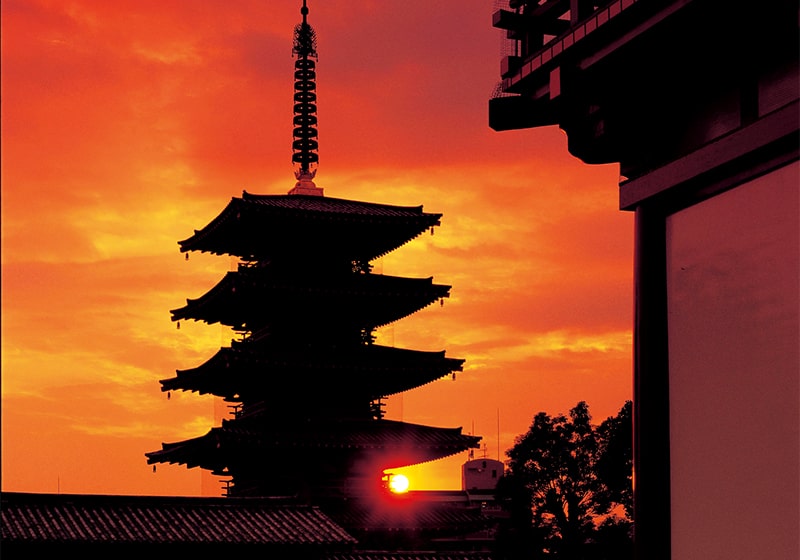 It’s Quiz Time! Do You Know The Difference Between A Shrine And A Temple?
It’s Quiz Time! Do You Know The Difference Between A Shrine And A Temple?

Osaka Bob FAMILY
The contents of this page were current at the time it was posted, but may differ from the present.
Text visible in this map is based on information from Map Tiler and may differ from actual geographical names.

